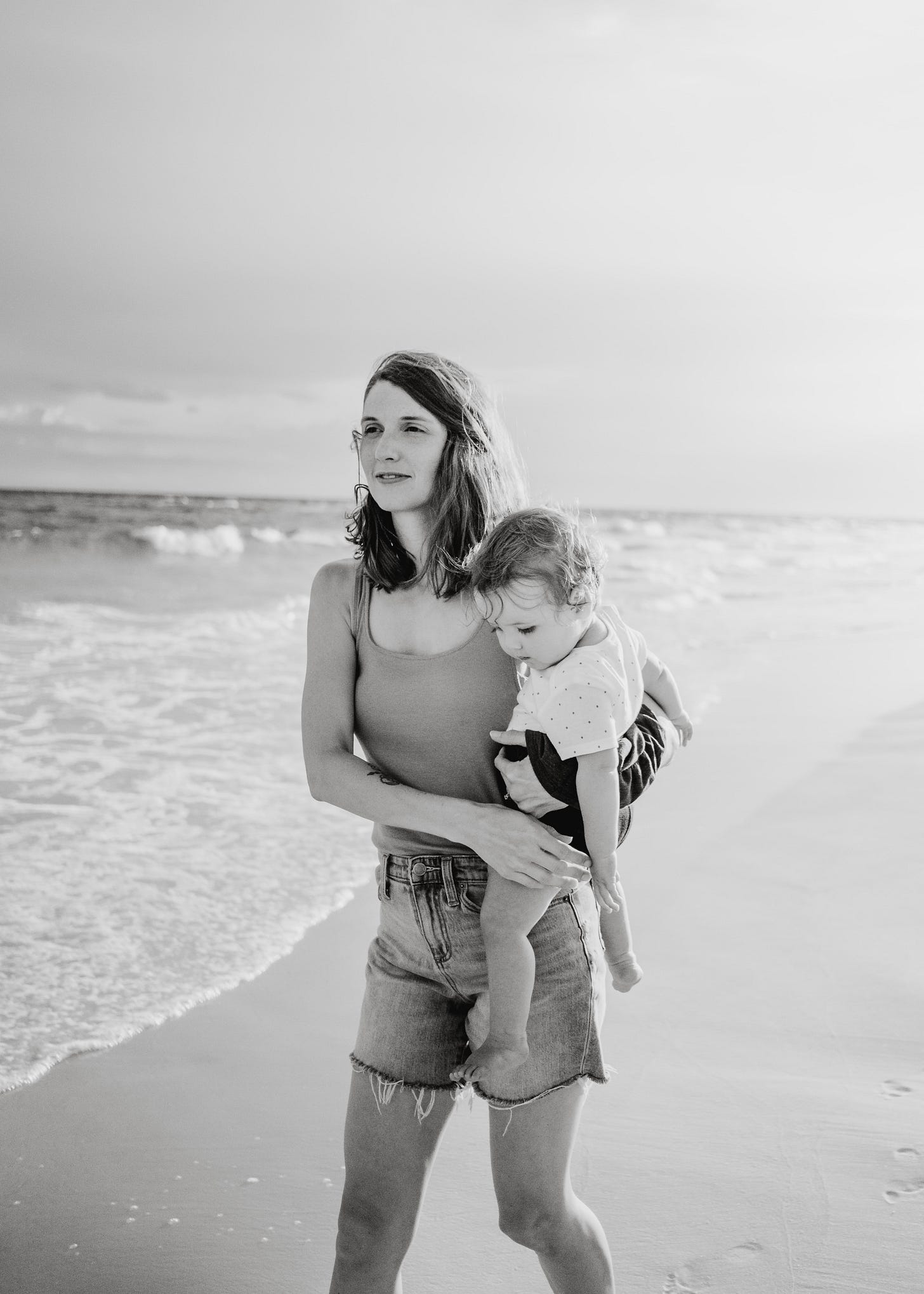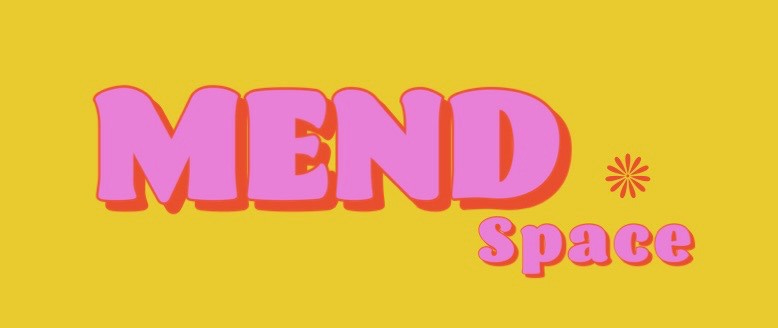Carrying a baby on the hip is a common posture adopted by new mothers. It is a natural way to carry the baby and allows for free use of both hands while keeping the baby close. However, this posture can have a significant impact on posture, alignment, and musculoskeletal health.
Carrying a baby on one hip for extended periods can cause asymmetry in the body, leading to muscle imbalances and poor posture. The weight of the baby on one side can cause the hip to tilt, the spine to curve, and the shoulders to become uneven. Over time, this can lead to chronic pain and discomfort.
The strain on the lower back and hips is particularly concerning. The lumbar spine, or lower back, is naturally curved inwards. However, carrying a baby on the hip can cause the spine to curve outwards, leading to a condition known as hyperlordosis. This can cause back pain and make it more difficult to maintain good posture.
In addition to the effects on the spine and hips, carrying a baby on the hip can also cause the shoulder and neck muscles to become strained. This can lead to pain and discomfort in these areas and may also contribute to headaches.
To minimize the negative effects of carrying a baby on the hip, it is essential to be aware of your posture and make adjustments as needed. This includes regularly switching sides when carrying the baby and using a carrier or sling to distribute the weight more evenly. Strengthening exercises for the core, hips, and back can also help to support good posture and reduce the risk of injury.
It is also important to seek professional guidance from a qualified healthcare provider or fitness professional when returning to exercise after having a baby. They can help to identify and address any musculoskeletal imbalances or posture issues that may have arisen from carrying the baby on the hip or from pregnancy itself.
In conclusion, carrying a baby on the hip can have a significant impact on posture and musculoskeletal health. By being aware of your posture and taking steps to support good alignment and strength, you can minimize the negative effects and promote better health and wellbeing for yourself and your baby.
Which muscles are affected?
The primary muscles affected by carrying a baby on the hip are the hip abductor muscles, which are responsible for moving the leg away from the body. These muscles include the gluteus medius and minimus, as well as the tensor fascia latae. When carrying a baby on one hip, the hip abductor muscles on the opposite side of the body must work harder to stabilize the pelvis and maintain balance. This can lead to tightness and overuse of these muscles, while the hip abductor muscles on the side of the body where the baby is carried may become weak and underused.
Additionally, carrying a baby on the hip can also affect the muscles of the lower back and core. The muscles on the side of the body where the baby is carried, including the quadratus lumborum and obliques, may become tight and overused. At the same time, the muscles on the opposite side of the body, including the erector spinae and transverse abdominis, may become weak and underused.
Over time, these muscle imbalances can lead to postural issues, such as a tilted pelvis, uneven hips, and a curvature of the spine. This can result in pain and discomfort in the lower back, hips, and knees. It can also affect the alignment of the entire body, leading to issues with walking, running, and other physical activities.
What functional movements can I consider?
To address these imbalances, it is important to incorporate exercises that target specific muscle groups.
One of the best exercises for mums who carry their babies on their hip is the single-leg deadlift. This exercise targets the glutes, hamstrings, and core muscles, which are commonly weakened by the repetitive motion of carrying a baby on one hip.
To perform a single-leg bodyweight deadlift, stand with your feet hip-width apart and shift your weight onto your left leg. Lift your right foot off the ground and hinge forward at the hips, keeping your back straight and your right leg extended behind you. Lower your bodyweight down towards the ground and then return to the starting position by squeezing your glutes and pushing through your left heel.
Another great exercise is the side plank. This exercise targets the obliques and transverse abdominis, which are important for stabilising the torso and maintaining a stabilised posture. To perform a side plank, start in a traditional plank position with your elbows and forearms on the ground. Then, rotate your body to the side and stack your feet on top of each other. Lift your hips off the ground and hold the position for 30 seconds before switching to the other side.
What other modalities can I consider?
Incorporating exercises that target both the weakened muscles and the surrounding fascia can be an effective way to address muscle weakness and restore proper movement mechanics. Working with a qualified movement practitioner or physical therapist can help to develop a personalized exercise program that targets these areas and promotes optimal function and mobility.
Fascia, the connective tissue that surrounds and supports muscles, plays an important role in weakened muscles. When a muscle is weak, it can become tight and shortened, causing the surrounding fascia to also become tight and restricted. This can lead to a decrease in mobility and range of motion, as well as pain and discomfort.
In addition, weakened muscles can cause compensation patterns in other areas of the body, leading to further muscle imbalances and tension in the fascia. This can create a vicious cycle of muscle weakness and fascial restriction.
When partnered with a strengthening element by targeting the fascia through myofascial release protocols, it is possible to improve mobility and decrease tension in the fascia. This can help to alleviate pain and discomfort associated with weakened muscles, and also prevent further compensation patterns and imbalances from developing.
Strengthening your blindspot muscles @mendspace.co.uk





